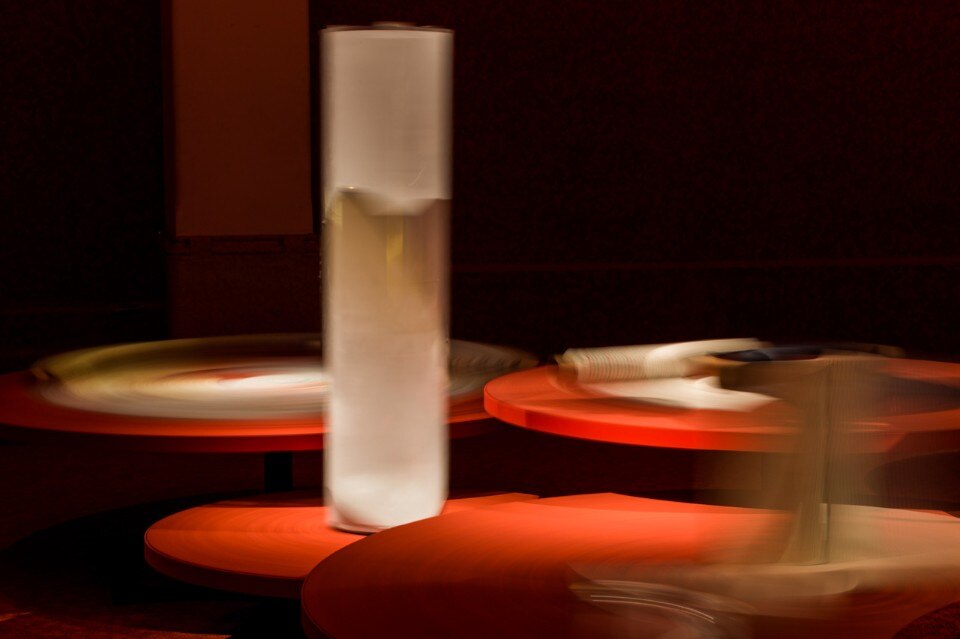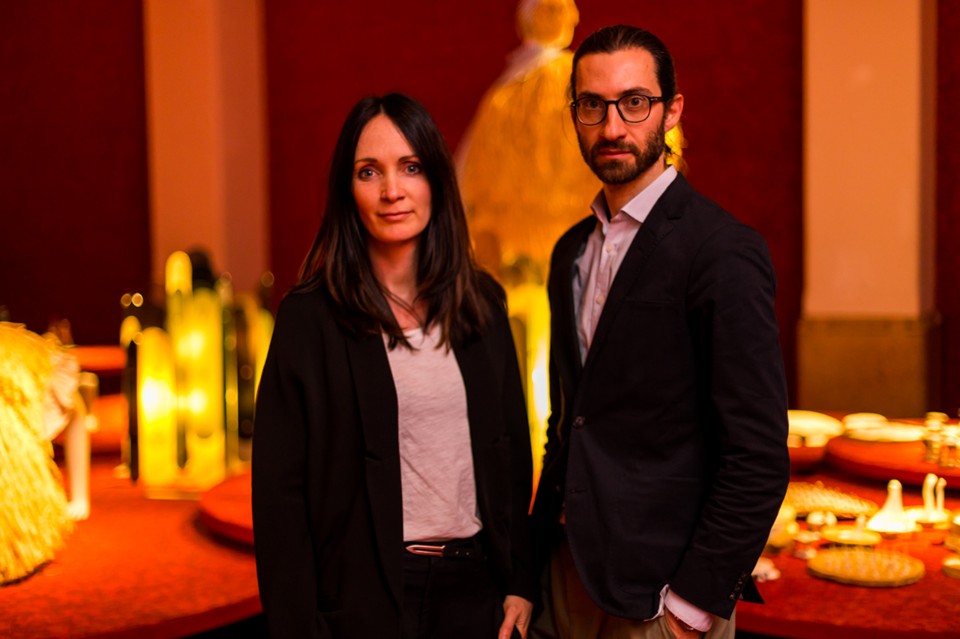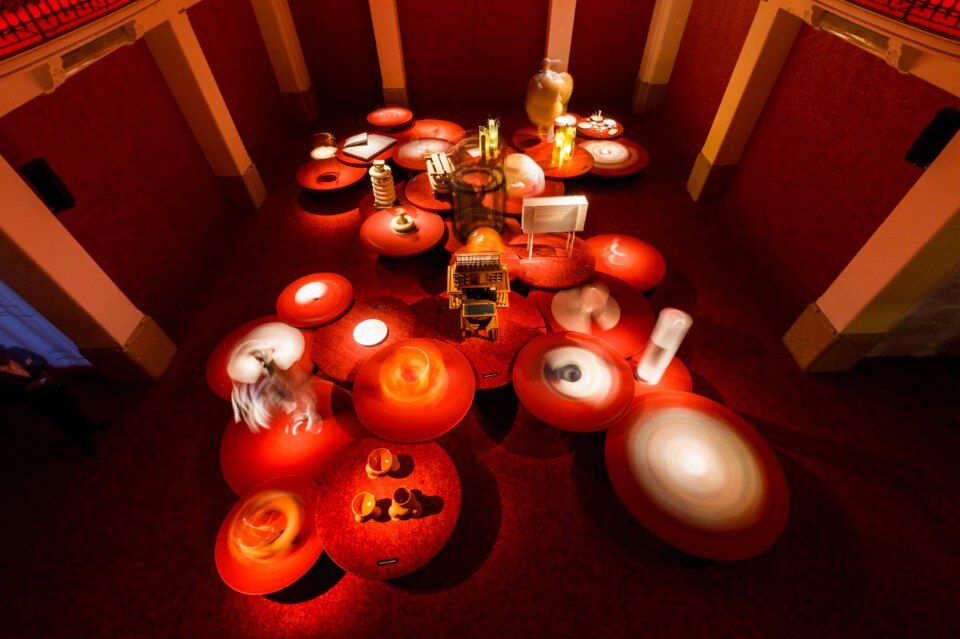
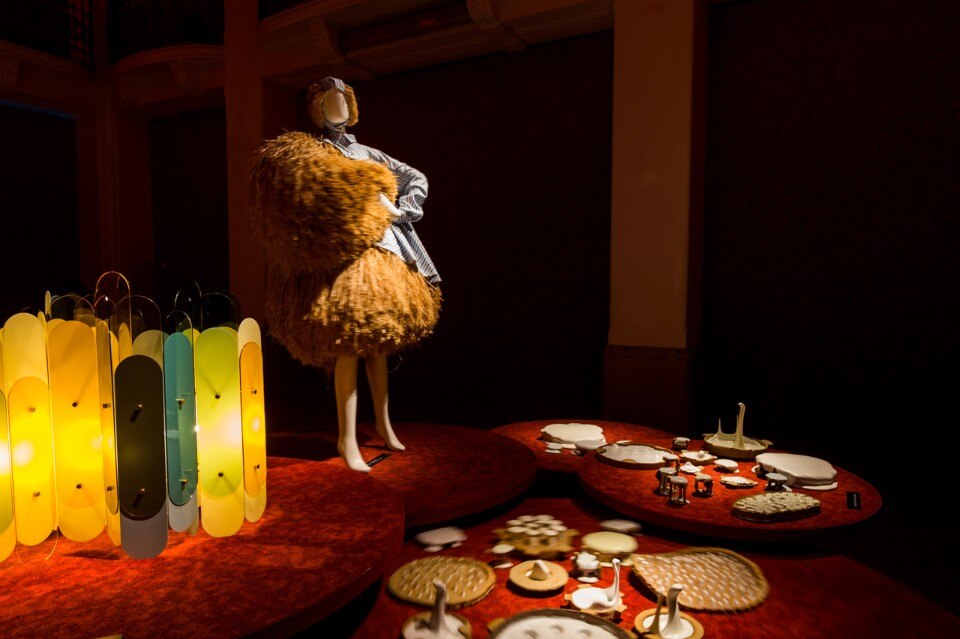
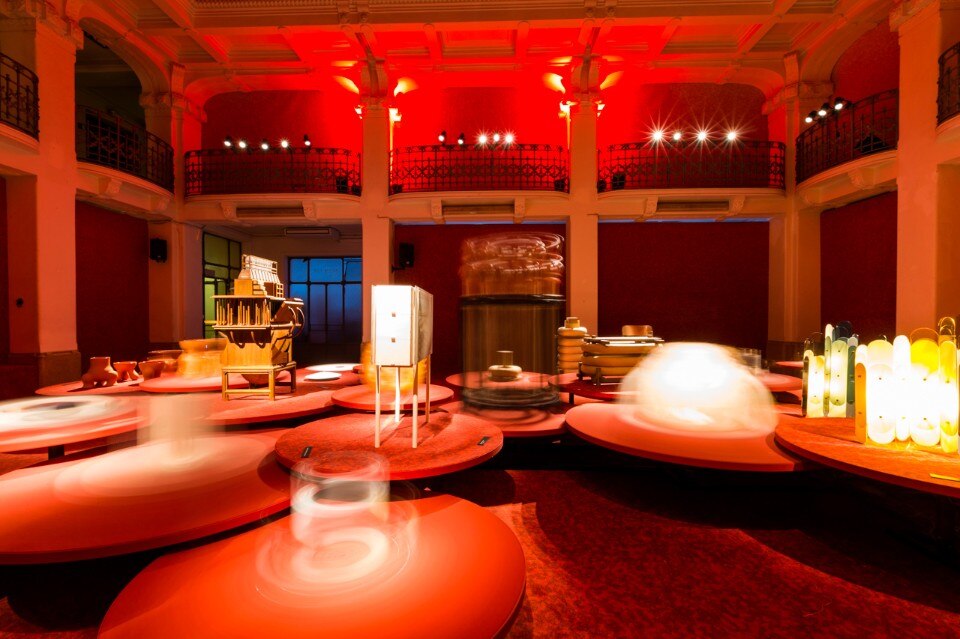
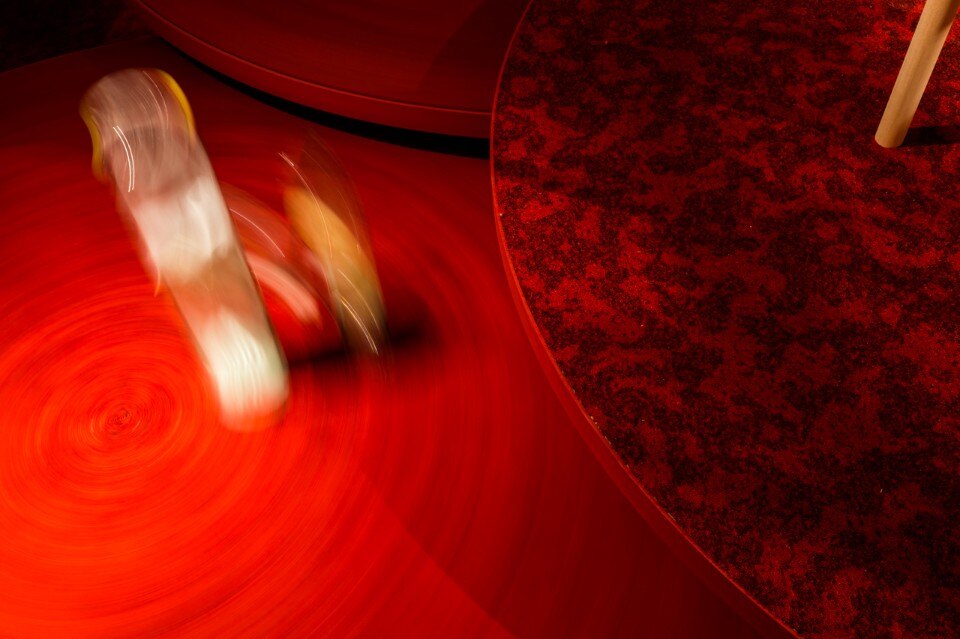
On the product front, they continue to work with Gebrüder Thonet Vienna (a modular coat-rack inspired by the constant turns of the classical Viennese waltz) and Porro (Voyage, a chair that continues the aesthetic language of Traveller but with new materials and proportions, and a wood and metal desk).
Moving from the living room to the bathroom, they were also asked to work with Axor on the Waterdream 2016 project and with Ceramica Globo, for which they designed Display, a series of ceramic washbasins designed to share the washing space with a number of personal spaces and areas.
